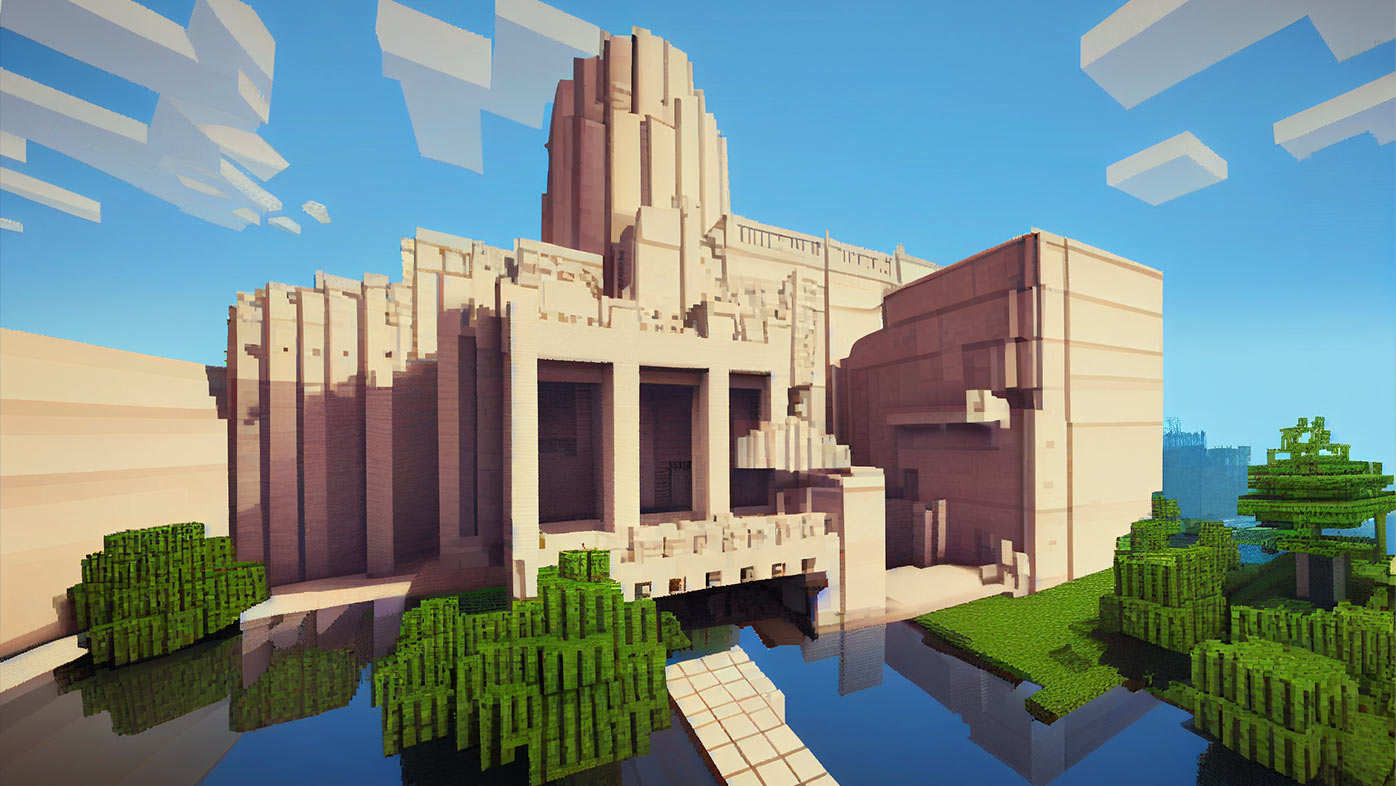
Likeable Museums and Interactive Exhibitions
Likeable Museums and Interactive Exhibitions
In groups, the students are asked to define what makes museums likable and to design an exciting interactive exhibition and virtual tour for their peers. The students create a museum building (e.g., in the game Minecraft), or internet sites, radio/TV ads, slogans, posters, or logos for their museum. In this complex project, they use digital tools creatively according to various individual tasks.
Description
In this project, the students should be able to experience learning as a game, following the concept of the “flow experience” (according to Hungarian psychologist Mihály Csíkszentmihályi), so that their attention and motivation are maintained. The idea behind the “flipped classroom” concept is that the scene of presenting and processing the material is inverted: Whereas in the classic model, the teacher explains the contents in class, and the students study them at home, here, the main process of learning and understanding happens outside the classroom, while the lesson is devoted exclusively to developing problem-solving skills and to critical thinking exercises. Thanks to “gamification” and cooperation, the students are all the more motivated and creative during their tasks.
Combining the contents consumed by the new generation with the world of museums is essential. The students come up with ideas of how to make these spaces more attractive.
This project encourages the following vital competencies: communication, visual and digital skills, effective autonomous learning, self-initiative and entrepreneurship, aesthetic and artistic awareness, and expression.
Tasks and specific work steps
- The teacher shows a film clip or a video about an art exhibition to inspire the students.
- The teacher opens online collaborative spaces and online rooms for the students, where they can work together in small groups.
- The students discuss the characteristics of the exhibition(s) shown in the film clips or videos, then prepare word clouds (e.g., in Wordart) to answer the question of what makes a museum or an exhibition likable.
- They use the results to create mind maps, e.g., with AnswerGarden, Mindomo, or other applications.
- Optional: video call with an expert. An expert in museum education will answer the students’ questions.
- Designing a museum building: Using the ideas collected so far, the groups realize their designs, e.g., with Minecraft, Gather, or other online platforms. They must create a space suitable for demonstrating their ideas that their classmates can visit and get to know. Equal opportunities, environmental awareness, and accessibility are vital aspects.
- The groups also design posters, logos, and slogans for their museums as a home assignment.
- They can design a museum website in longer courses, where they post essential information, photos, videos, and maps.
- They create TV or radio spots as a home assignment, using a meme generator.
- The teams present their projects with an app of their choice (e.g., Figma, Miro, etc.), and their peers will assess their work by completing an online questionnaire using a set of criteria given by the teacher.
Sources and References
- Tibor Prievara: The teacher of the 21. century. Neteducatio Kft. Budapest 2015.
Images/Examples

Virtual Museum @ 2022 by Tamás Fogarasy, CC0 1.0 Universal
Additional Information
Author’s Encouragement
The project focuses on cooperative learning and critical, creative thinking.
The “flipped classroom” method allows students to work creatively and independently. Students can express what matters to them and present their ideas on how museums may relate to “their” world, the world of teenagers.
Prior Knowledge and Preparation
Students must become familiar with the various software and digital tools used.
They should be familiar with the “flipped classroom” concept, cooperative learning management, and the tools used for project management. They should also know how to do expert assessments, self-assessments, and how to give feedback.
Additional Tools
- smartboard
- Libre Office, https://libreoffice.org
- YouTube
- Google Sheets, Microsoft Teams
specific applications/digital programs that can be used: - Minecraft, https://www.minecraft.net
- Gather, https://www.gather.town
- Mindomo, https://www.mindomo.com
- Mindmeister, https://www.mindmeister.com
- Wordart, https://wordart.com
- Sway, https://sway.office.com
- Textorizer, https://lapin-bleu.net/software/textorizer/textorizer.html
- Pixlr, https://pixlr.com
- AnswerGarden, https://www.answergarden.ch
- Tagul
- Aurasma